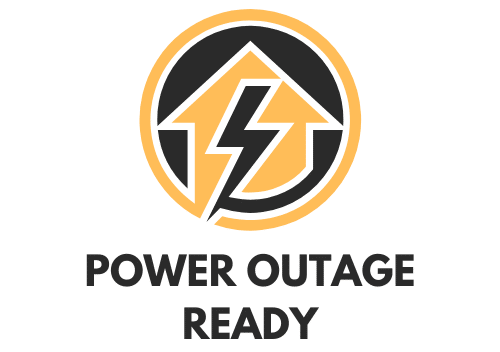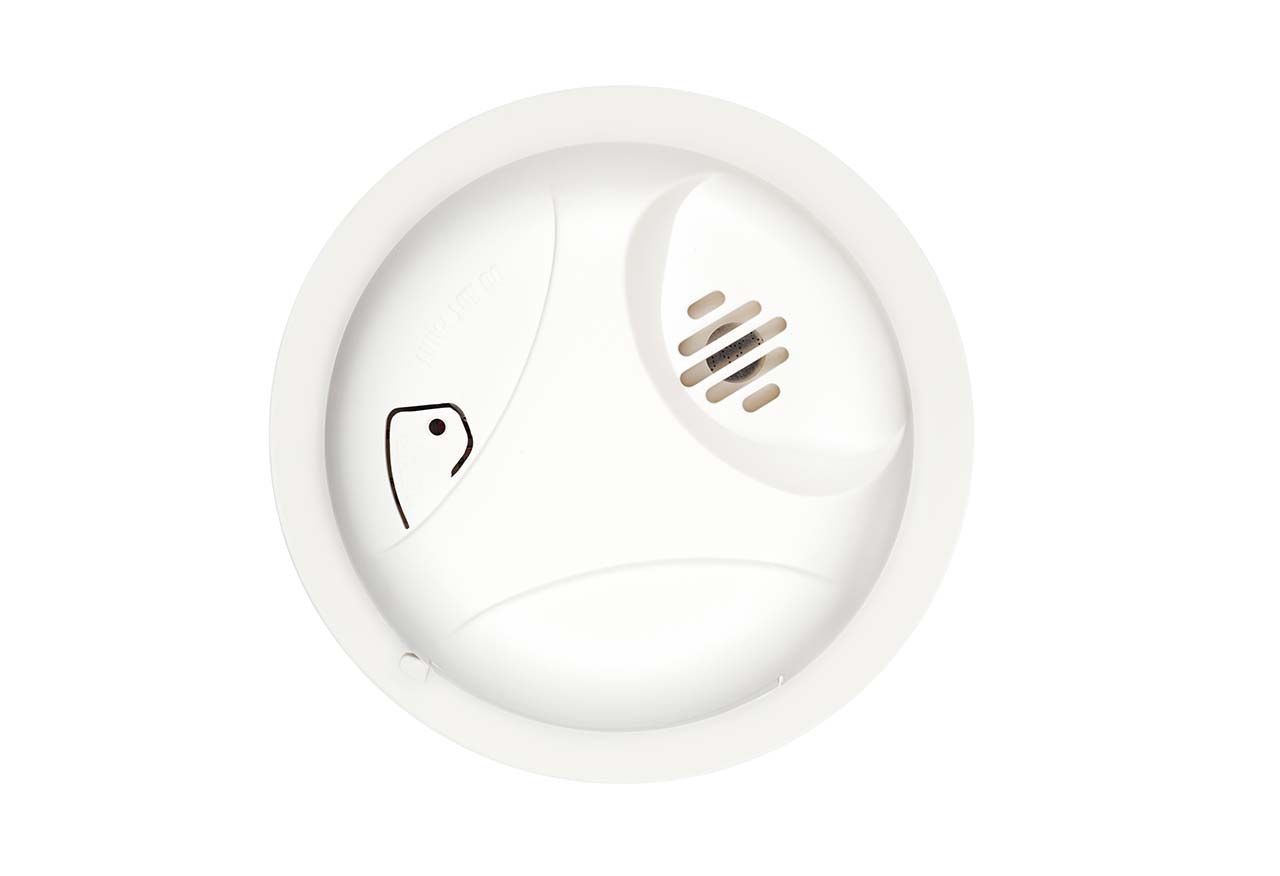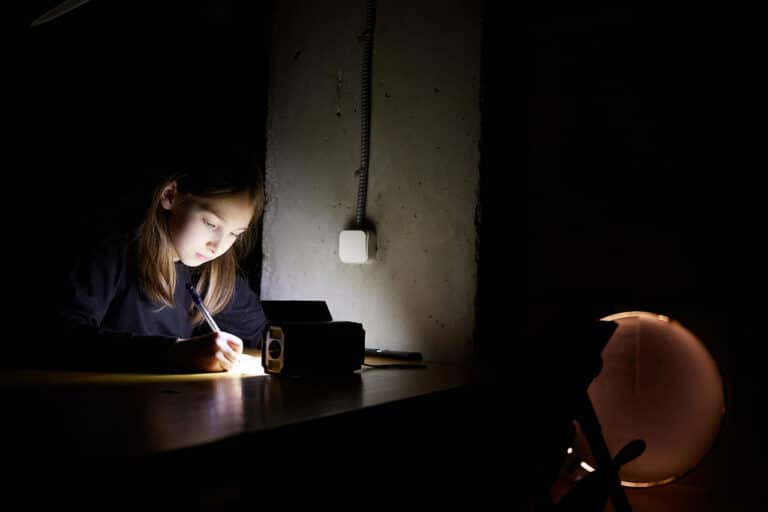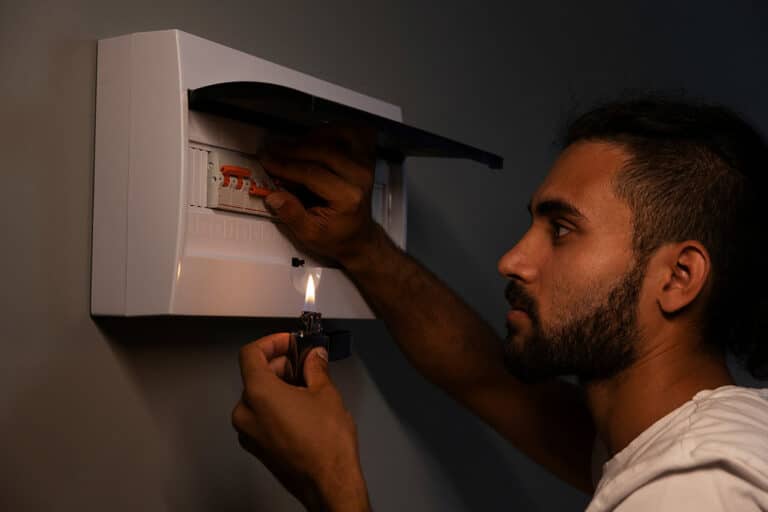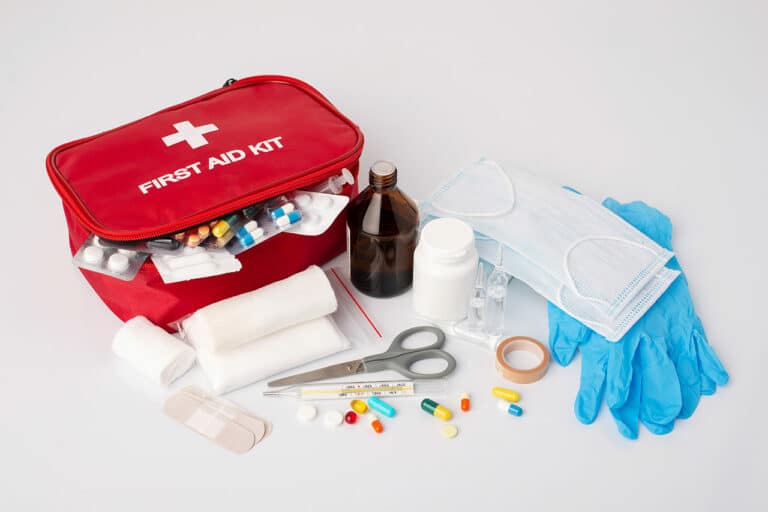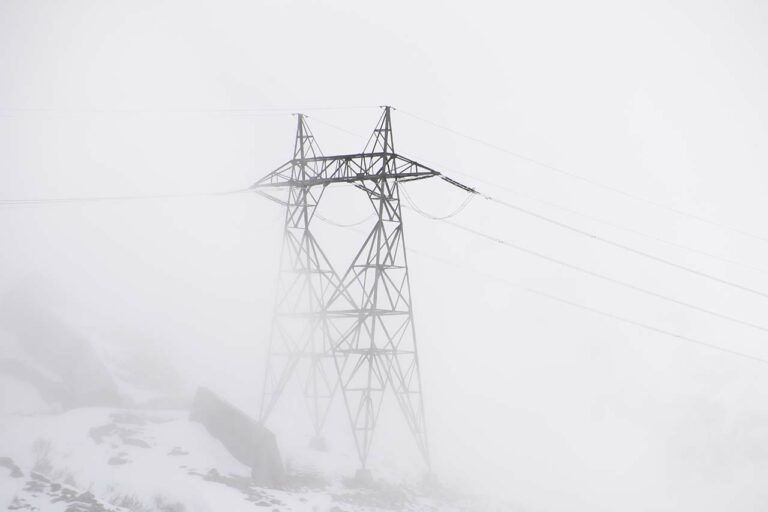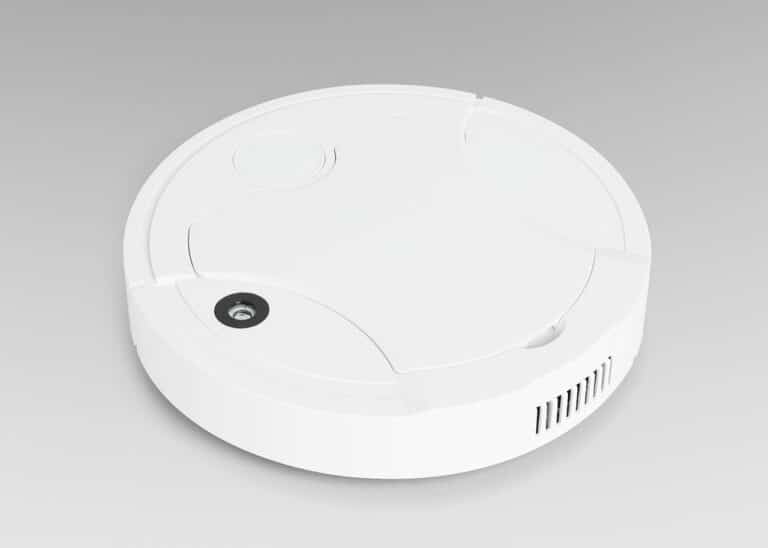Power Outages And Carbon Monoxide: What You Need To Know
Power outages can be a real pain, especially during natural disasters and emergencies. Not only are you left scrambling for alternative sources of power, but there’s an invisible danger you might not be aware of – carbon monoxide (CO) poisoning. This odorless, tasteless gas is produced when fuel is burned, making it a serious threat in situations where you’re using generators or fuel-burning appliances to get by.
While the threat of CO poisoning does go up during times without electricity, you don’t have to be caught off-guard. By being informed and proactive, you can protect yourself and your family from the dangers of carbon monoxide during power outages.
The Danger of Carbon Monoxide in a Power Outage
During a power outage, you might be tempted to use alternative sources of power or electricity to keep your home warm and appliances running. While these alternative power sources can be boons when the grid is down, they also pose the risk of carbon monoxide (CO) build-up in your home. This dangerous gas can poison both people and animals inside without them even realizing it.
You can’t see or smell CO, which makes it a silent killer. When you inhale it, it displaces the oxygen in your bloodstream, leading to serious illness or even death. Symptoms of CO poisoning can be similar to the flu, such as headache, dizziness, nausea, weakness, vomiting, confusion, and chest pain. CO poisoning can be deadly if not recognized and addressed quickly.
Sources of Carbon Monoxide in Power Outages
Several common alternative power sources and alternative cooking sources produce carbon monoxide.
Both portable and stationary fuel-burning generators, like those running on gasoline, diesel or propane, emit CO.
Other alternative sources of fuel and power, like wood-burning stoves and fireplaces, also contribute to CO build-up.
Alt cooking equipment, like gas-powered grills, charcoal grills, and camp stoves might seem like convenient alternatives during a power outage, but they’re hazardous indoors.
Gas-powered cars and trucks can also be a source of CO. Avoid idling them in an enclosed space, such as a garage, during a power outage, and always ensure proper ventilation.
Loss of Air Circulation
Along with increased use of CO-producing devices during a power outage, the loss of air circulation can exacerbate the build-up of carbon monoxide in your home. Without electricity, devices and appliances like exhaust fans, stove hoods, and air exchange systems, which usually assist in maintaining good air quality and venting away harmful gases, become inoperative. This loss of air movement allows carbon monoxide, emitted from various sources, to accumulate more rapidly.
When the regular ventilation systems fail, there’s no mechanism to disperse the CO away from living areas. This creates a dangerous environment as carbon monoxide is odorless, colorless, and non-irritating, making its accumulation go unnoticed until symptoms of poisoning manifest.
Homes today are built more airtight than they used to be for increased energy efficiency. While this design reduces energy costs, it can hinder the natural exchange of indoor and outdoor air. During a power outage, this can be especially problematic, as the absence of mechanical ventilation coupled with airtight construction can trap CO inside.
That’s why its critical, especially during outages, to be extra cautious and avoid using appliances or devices that emit CO indoors. If you must use them, ensure there’s adequate manual ventilation, like opening windows and doors, to reduce the risk of carbon monoxide build-up. (It doesn’t hurt to open doors and windows from time to time during a power outage even if you’re not using CO-producing devices indoors just to help the air circulate.)
It’s also essential to know the symptoms of carbon monoxide poisoning, and the steps to take if you suspect it.
Carbon Monoxide Poisoning and Its Symptoms
Knowing the symptoms of carbon monoxide poisoning is essential for your safety during a power outage, so let’s dive right in.
The first signs of CO poisoning can be mild but shouldn’t be ignored. You might experience:
- Headache: This is often one of the first symptoms people notice.
- Dizziness: Feeling lightheaded or off-balance is another common sign.
- Nausea: This can be accompanied by vomiting in some cases.
- Weakness: You might feel unusually tired or find it hard to stand up.
These symptoms may seem like the flu, but they can quickly become more severe. As the poisoning progresses, you may face:
- Confusion: It becomes difficult to think clearly or concentrate.
- Chest pain: This might feel like tightness or pressure in your chest.
- Loss of consciousness: In severe cases, you could pass out.
Taking Action on CO Poisoning
If you notice any symptoms of carbon monoxide poisoning in yourself or someone else, it’s crucial to act fast. Here are the first steps:
- Get to fresh air immediately. That means getting outside of your home, and away from CO-producing devices, like generators.
- Seek medical help by calling 911 or heading to the nearest emergency department.
The Centers for Disease Control and Prevention (CDC) emphasize that quick action is vital when dealing with CO poisoning.
Next Steps
Only once you have yourself squared away and healthy again should you take steps to prevent further CO exposure. Here’s what to do:
- Turn off all appliances. Turn off any appliance that might be the source of the CO leak, such as generators.
- Ventilate your home. Open all windows and doors to allow fresh air to circulate and disperse any CO present. Use battery-powered fans to speed up the process.
- Call professionals. If you don’t know the source of the CO, call in a licensed technician to inspect and find it for you.
- Avoid running potential CO sources. Until you know what caused the build-up of CO, avoid running any appliances or devices that might produce CO in or near your home.
- Re-evaluate your power outage plan. If CO build-up became a problem during a power outage, you need to make some changes to your power outage preparedness plan.It’s time to reassess, and consider safer backup power options or improve ventilation methods.
Preventing Carbon Monoxide Exposure: The Key to Safety
In the midst of power outages and emergencies, it’s easy to prioritize immediate comfort and convenience. But the invisible threat of carbon monoxide serves as a reminder that safety should always be at the forefront. The true antidote to the dangers of CO isn’t swift response, but robust prevention.
By equipping your home with battery-operated CO detectors and ensuring a supply of extra batteries, you place a first line of defense against this silent killer.
You can also avoid CO build-up during a power outage by following these simple guidelines:
- Never operate generators, grills, or any fuel-burning equipment indoors
- Be mindful of proper ventilation in your living spaces
- Keep fuel-burning generators as far from your home as possible
Remember, the best defense against carbon monoxide is a vigilant offense. Stay safe and always prioritize prevention over reaction.
